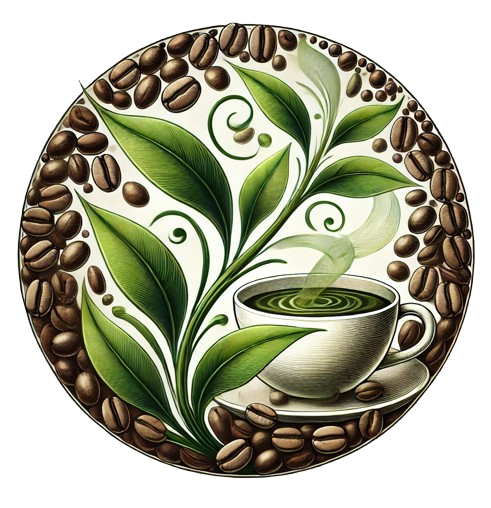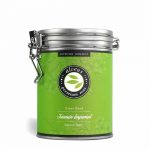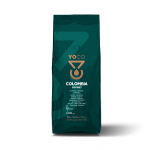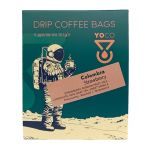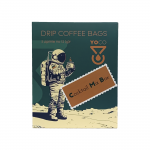Coffee is one of the most commonly enjoyed drinks around the globe, but brewing it is not a one-size-fits-all process. As more people develop a taste for high-quality beans, the way coffee is prepared has become increasingly important. Different brewing methods can produce very different flavors and textures. Whether you prefer the fuller taste of French press coffee or the cleaner profile from a pour-over, the brewing process plays a major role in shaping the final result. For those who are serious about specialty coffee, selecting the appropriate method can make a significant difference in how the nuances of the beans are expressed.
In this piece, we’ll take a look at several popular brewing techniques and examine how each affects the flavor of the coffee.
Immersion vs. Filtration: Different Approaches to Brewing
Broadly speaking, coffee preparation can be broken down into two main methods: immersion and filtration. Immersion methods, such as the French press, require the coffee grounds to steep in water for a set period, extracting more oils and resulting in a heavier brew. In contrast, filtration methods—like the V60 or Chemex—allow water to flow through the coffee grounds and a filter, which generally produces a lighter, cleaner cup. The choice between these methods is not simply a matter of preference but of what specific flavors you want to bring out in your coffee.
V60 and Chemex: Light and Refined Cups
The V60, a popular pour-over method, produces a coffee that’s known for its clarity and balance. By using a paper filter, it allows water to pass through the coffee grounds at a measured pace, leading to a cup with crisp acidity and light sweetness. This approach is especially suited to lighter and medium roasts, which tend to have more complex flavor profiles like floral or fruity notes.
The Chemex is another pour-over option, but it uses a thicker filter, which leads to a more refined, even cleaner cup. It removes more oils and sediment than the V60, making it a better choice for those who prioritize purity in flavor. The Chemex might be a good pick if you’re aiming to highlight the subtle qualities of high-end beans, while the V60 offers a bit more versatility and room for experimenting with brewing variations.
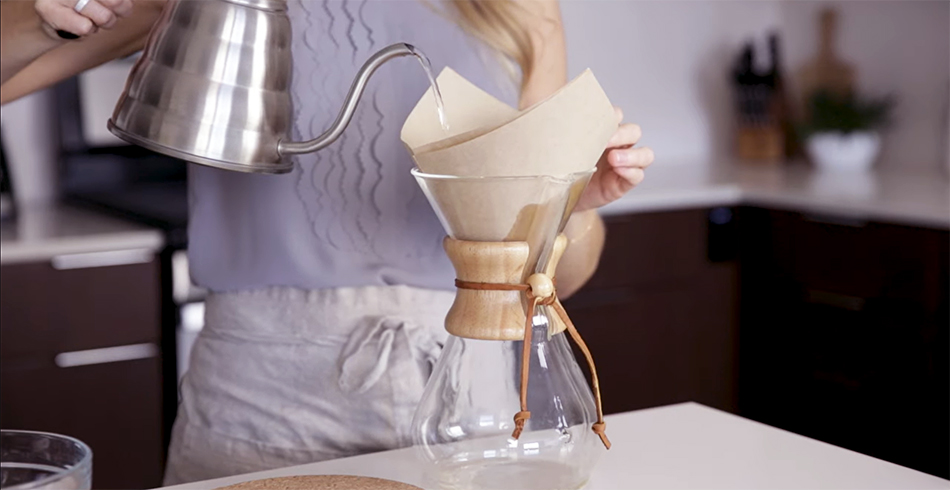
French Press: Rich and Full-Flavored Coffee
The French press, also known as the cafetière or press pot, is one of the most well-known immersion brewing techniques. By leaving the coffee grounds in contact with the water for several minutes, this method extracts more of the oils and compounds from the beans, leading to a denser, richer brew. Darker roasts tend to work particularly well with the French press, as the process brings out deeper flavors like chocolate or earthy tones.
One thing to note with the French press is the lack of a paper filter, which means more oils and fine coffee particles make it into your cup. This can enhance the body of the coffee but also means you may end up with a bit of sediment, something that might not appeal to those who prefer a cleaner finish.
Aeropress: Flexible and Easy to Customize
The Aeropress is a relatively recent addition to the coffee brewing world, but it has become popular for its adaptability. Combining elements of immersion and pressure, it produces a cup that strikes a balance between body and brightness. The method allows for a lot of control—by tweaking the coffee-to-water ratio or adjusting the steeping time, you can get anything from a stronger, concentrated cup to a more delicate, tea-like brew.
This method is also highly portable and simple to use, making it popular among those who like to experiment or need a brewing method that’s easy to transport. Whether you’re after a quick espresso-style shot or something more akin to drip coffee, the Aeropress is a useful tool that suits both beginners and experienced coffee drinkers.
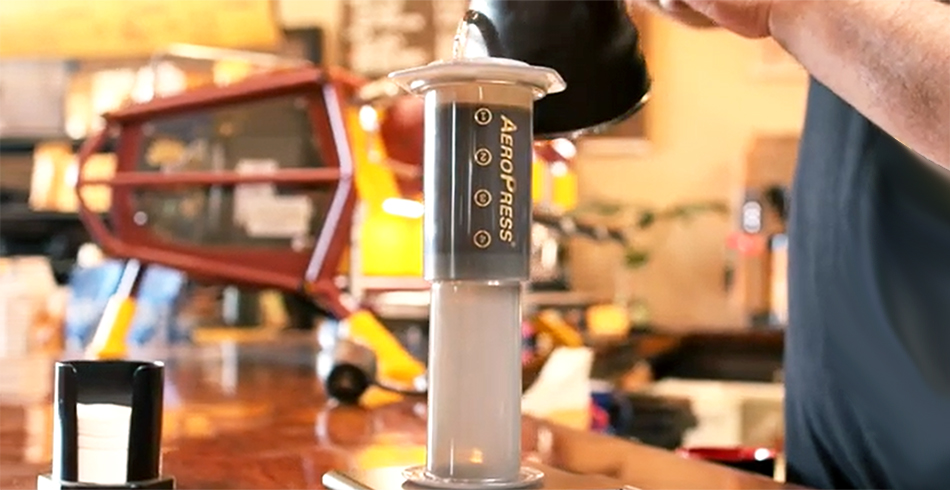
Moka Pot: Bold and Concentrated Coffee
The Moka pot is a classic stove-top method that produces a strong, concentrated coffee similar to espresso, though without the high pressure used in professional machines. This brewing technique creates a full-bodied, intense drink, particularly well-suited to darker roasts. It brings out rich flavors such as chocolate and earthy undertones, making it a good option for those who prefer bold coffee.
While the Moka pot doesn’t generate the same crema as an espresso machine, it offers a similarly powerful flavor experience. For those who enjoy robust coffee without investing in expensive equipment, the Moka pot can be a practical solution.
Final Thoughts
Choosing the right brewing method comes down to your personal preferences and what equipment you have on hand. Each technique brings out different characteristics in the coffee, making it important to think about what flavor profile and texture you prefer. Pour-over methods like the V60 and Chemex are best for those who want a clean, light cup with well-defined acidity and subtle notes. The French press produces a heavier, fuller-bodied coffee, ideal for people who like a stronger flavor. The Aeropress offers flexibility, allowing for a range of styles, while the Moka pot delivers a concentrated, espresso-like coffee for those who want something bold.
Ultimately, the brewing method you choose can dramatically alter your coffee experience. By understanding how each process works and experimenting with different techniques, you can discover new and exciting aspects of specialty coffee in each cup you brew.
